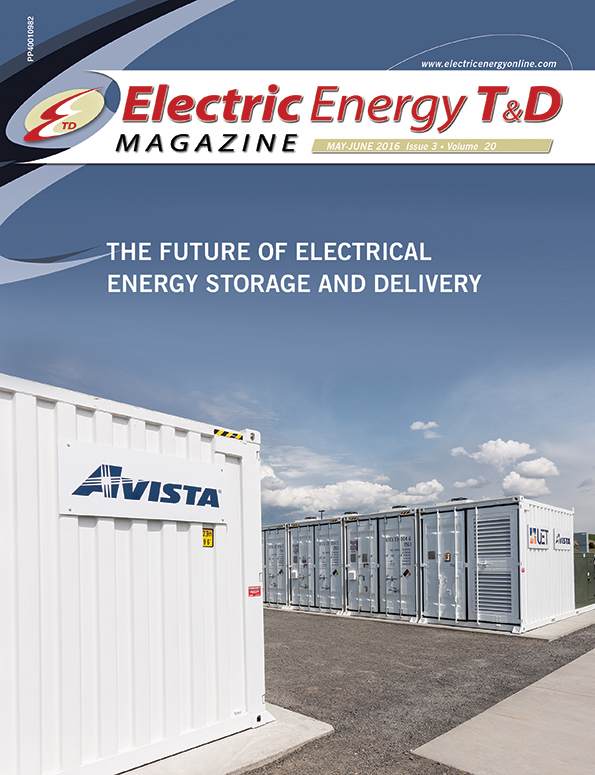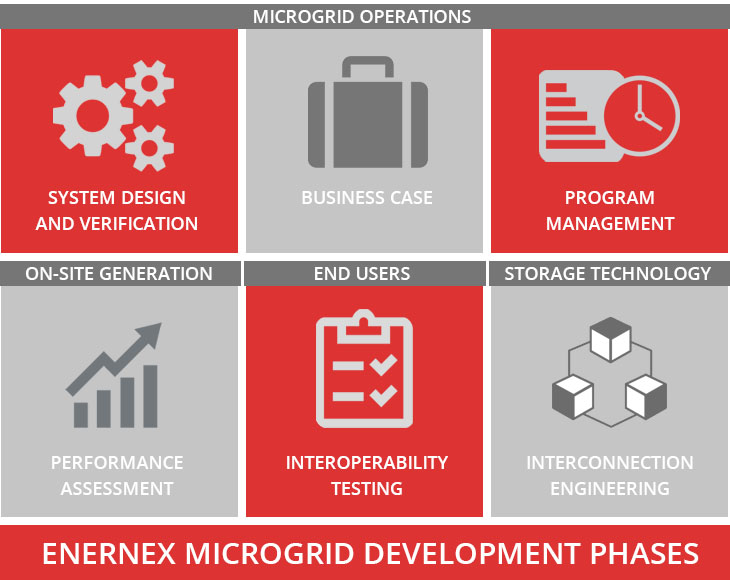 By: Tom Grebe, Principal Consultant
By: Tom Grebe, Principal Consultant
tgrebe@enernex.com
865-770-4880
Published via Electric Energy Online | June 2016
Power system transients that are caused by utility switching operations or lightning strikes to electric facilities have significant potential to damage equipment or disrupt operation. High frequency transients have been recognized for quite some time as a threat to electronic loads. Low and medium frequency oscillatory transients, such as utility capacitor bank switching, are usually of modest magnitudes but contain substantial energy, so their effects can be felt quite far electrically from the point of origin. Low frequency transients have been strongly correlated with nuisance tripping of customer power-electronic equipment, such as some types of adjustable-speed drives.
Transient voltages and currents are caused by sudden changes within the electric power system. Opening or closing of a switch or circuit breaker causes a change in circuit configuration and the associated voltages and currents. A finite amount of time is required before a new stable operating point is reached. Lightning strokes to exposed transmission or distribution circuits inject a large amount of energy into the power system in a very short time, causing deviations in voltages and currents which persist until the excess energy is absorbed. Both of these events cause a temporary departure of system voltage and current from their normal steady-state sinusoidal waveforms. All transients are caused by either connection or disconnection of elements within the electric circuit or injection of energy due to a direct or indirect lightning stroke or static discharge.
Transient Simulation Tools
Power system transient studies are completed using electromagnetic transients programs, such as EMTP-RV, PSCAD/EMTDC, and ATP. Computer simulations provide a convenient means to characterize transient events, determine resulting problems, and evaluate mitigation alternatives. Occasionally, the simulations are performed in conjunction with system monitoring for model validation and identification of important customer power quality problems. The complexity of the computer simulation models generally depend on the system characteristics and the transient phenomena under investigation.



